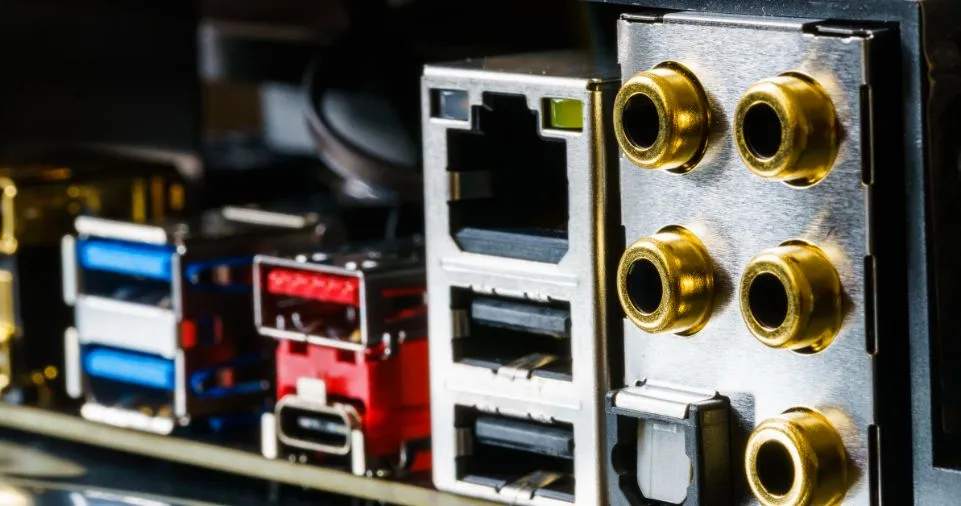In the world of computers, you’ll often encounter terms and numbers that seem complex and confusing at first glance.
One such example is 127.0.0.1:49342, a combination of numbers that may appear on your screen when working with certain applications.
While this may seem like an error or a sign of trouble, it’s actually an important aspect of your computer’s networking system.
To fully understand what this term means and how it affects your computer, it’s essential to first understand the basics of IP addresses and ports.
What is an IP Address?
An IP (Internet Protocol) address is a unique identifier assigned to each device connected to a network.
Think of it as the address of your house—it’s how data knows where to go when it’s sent across the internet.
Without IP addresses, computers wouldn’t be able to communicate effectively, and data wouldn’t reach its intended destination.
There are two types of IP addresses commonly used: IPv4 and IPv6. IPv4 addresses are made up of four numbers separated by periods, like 192.168.1.1. IPv6 addresses, on the other hand, are longer and more complex, consisting of eight groups of hexadecimal numbers, like 2001:0db8:85a3:0000:0000:8a2e:0370:7334.
Within these addresses, there are further distinctions: static and dynamic IP addresses.
A static IP address remains the same each time you connect to the internet, while a dynamic IP address changes with each session.
Each type of IP address has its own uses and advantages, depending on the needs of the user or the network.
Exploring 127.0.0.1: The Loopback Address
Now that you understand the basics of IP addresses, let’s dive into 127.0.0.1. This address is known as a loopback address, a special-purpose IP address used by a computer to communicate with itself.
When you type 127.0.0.1 into your web browser, your computer is essentially sending a message to itself.
This is particularly useful for testing and debugging applications without needing an external network connection.
Imagine you’re a developer working on a new web application. Before you release it to the public, you want to ensure everything works correctly.
By using 127.0.0.1, you can simulate how the application will perform in a real-world environment, catching and fixing any issues before they become a problem for users.
What is the Role of Port 49342?

The second part of 127.0.0.1:49342 is the port number, 49342. In the context of networking, a port is a logical endpoint used to manage and direct data traffic.
Every service or application that communicates over the internet does so through a specific port.
Port numbers range from 0 to 65535, and they can be categorized into different types based on their usage.
Port 49342 is a dynamic or private port, often used for temporary or custom applications.
This means it isn’t reserved for any particular service, giving developers the flexibility to use it as needed.
For example, if you’re running multiple applications on your computer, each can be assigned a different port to avoid conflicts.
The use of dynamic ports like 49342 is particularly helpful when developing new applications, as it allows for easy testing and troubleshooting.
Practical Applications and Setup
If you’re running a website on your local computer using software like Nginx or Apache, you might use 127.0.0.1:49342 to access and test the site before it goes live.
This setup allows you to work on your website without exposing it to the internet, ensuring that only you can view and interact with it.
To do this, you would configure your server software to listen on port 49342 and point your browser to 127.0.0.1:49342 to see the site in action.
For example, let’s say you’ve just built a new web page for your blog on aiotechnical.com computer.
Before making it public, you want to ensure it looks and functions as expected. By setting up your local server on 127.0.0.1:49342, you can thoroughly test the page in a safe environment. This way, you catch any errors before they impact your readers.
Security Considerations
While using 127.0.0.1:49342 is generally safe, it’s important to take precautions to protect your computer.
Since this setup involves your local machine communicating with itself, there’s little risk from external threats.
However, if your port settings are not configured correctly, or if you inadvertently expose your port to the internet, you could be vulnerable to attacks.
To mitigate this risk, make sure your firewall settings are properly configured to block unauthorized access.
Additionally, consider using a VPN (Virtual Private Network) when working with virtual machines or remote servers. This adds an extra layer of security, keeping your data safe from potential threats.
Troubleshooting Common Issues
Working with localhost and dynamic ports can sometimes lead to issues, especially if you’re not familiar with the setup process.
Here are a few common problems you might encounter, along with tips on how to resolve them:
- Port Conflicts: If another application is already using port 49342, you’ll need to choose a different port for your project. Check your server’s configuration files and adjust the port settings accordingly.
- Firewall Restrictions: If your firewall is blocking the port, you won’t be able to access your application. Make sure to allow traffic on port 49342 through your firewall settings.
- Incorrect IP Address or Port: Double-check that you’re using the correct IP address and port number when setting up your local server. Even a small typo can prevent your application from working correctly.
- Resource Limitations: Running multiple applications on the same machine can strain your computer’s resources. Ensure that your system has enough CPU and memory to handle the load, and monitor for any signs of performance issues.
Also Read:
Conclusion
127.0.0.1:49342 might seem like a complicated string of numbers at first, but once you understand its purpose, it becomes a powerful tool for developers and tech enthusiasts.
Whether you’re testing a new application, setting up a local server, or troubleshooting network issues, this loopback address and dynamic port offer a flexible and secure way to work on your projects.
By mastering these concepts, you’ll be better equipped to tackle the challenges of computer networking and development.

